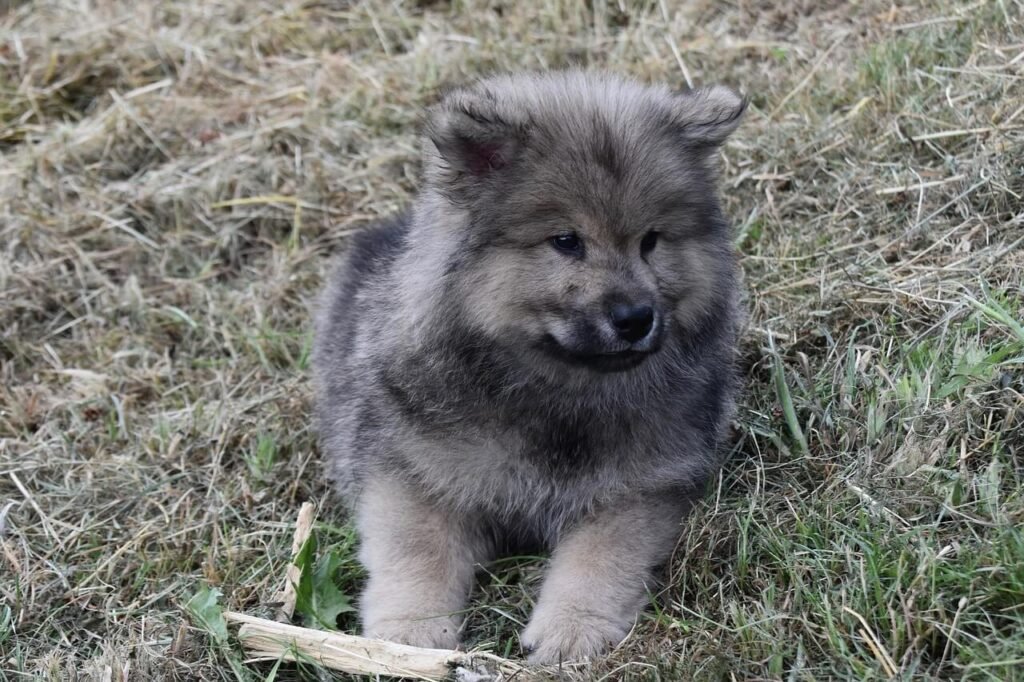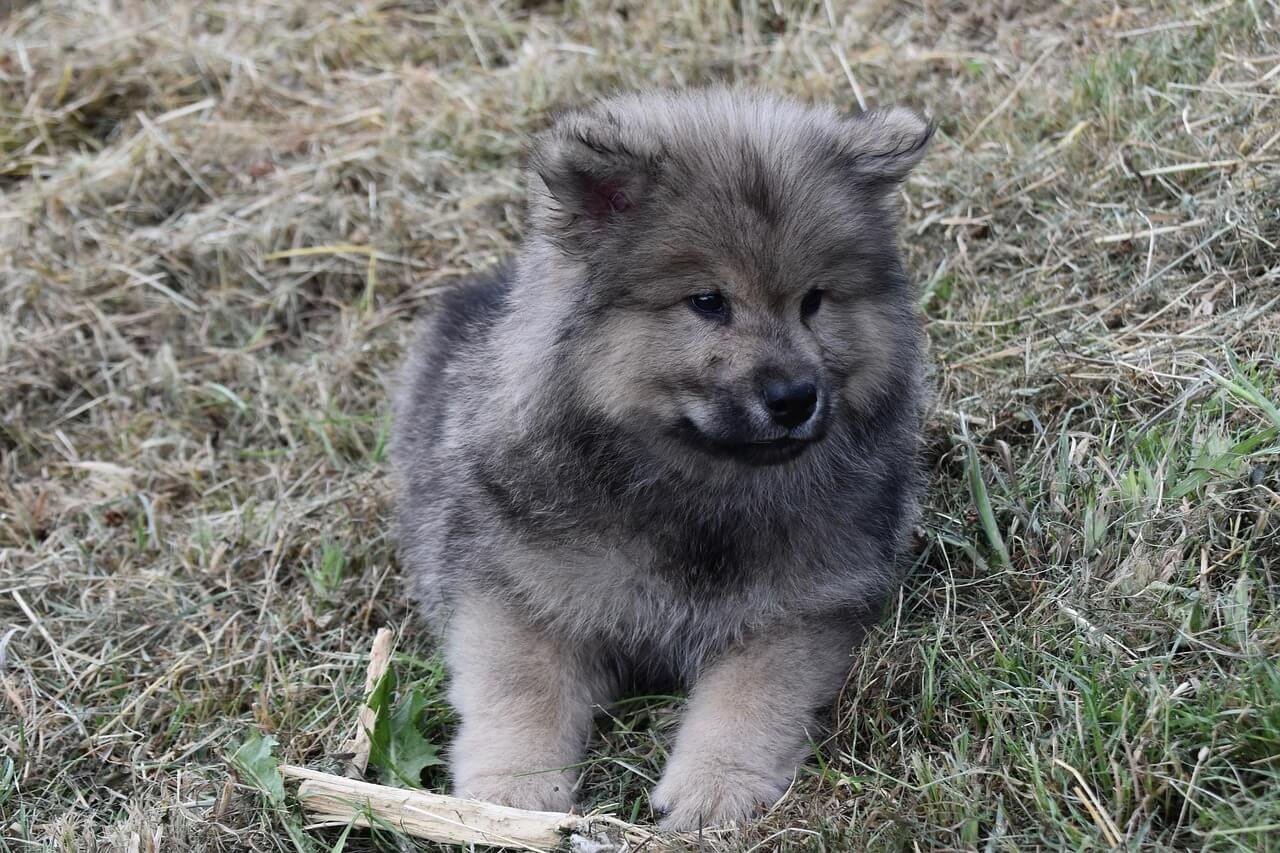Why Do Dogs Give Kisses?
Dogs have a unique way of showing affection, and one of their most endearing behaviors is giving “kisses.” Whether it’s a slobbery lick on the face or a gentle nuzzle, these gestures often leave us smiling—and wondering what they truly mean. But why do dogs engage in this behavior? Is it purely an expression of love, or are there other reasons behind it? In this blog post, we’ll explore the science, psychology, and cultural significance of dog kisses. By understanding the motivations behind this adorable habit, you can deepen your bond with your furry friend while ensuring their well-being remains a priority.
The Science Behind Dog Kisses
While we may interpret dog kisses as signs of affection, there’s more to this behavior than meets the eye. From evolutionary instincts to sensory exploration, here are some scientific explanations for why dogs give kisses.
Licking as a Survival Instinct:
Puppies lick their mother’s face to encourage regurgitation of food—a behavior inherited from their wild ancestors. This instinct can carry over into adulthood.Exploring Through Taste and Smell:
Dogs use their tongues to gather information about their environment. Licking allows them to taste scents and better understand their surroundings.Seeking Salt and Minerals:
Human skin contains traces of salt and other minerals that dogs find appealing, making licking a natural way to satisfy their curiosity.Releasing Endorphins:
Licking triggers the release of endorphins in dogs, creating feelings of comfort and relaxation. It’s a self-soothing behavior as much as a social one.Bonding Through Scent Exchange:
Dogs communicate through scent, and licking helps them share their unique smell with their humans, strengthening the bond between them.
Understanding these scientific factors sheds light on why dogs feel compelled to shower us with kisses, even when we don’t always expect it.

What Your Dog’s Kisses Might Be Trying to Tell You
Dog kisses aren’t just random acts of affection—they often carry specific messages depending on the context. Here’s how to interpret what your dog might be trying to communicate.
“I’m Happy to See You!”
A burst of enthusiastic kisses after you’ve been away signals excitement and joy at your return.“I Need Attention.”
If your dog licks you persistently, they might be asking for playtime, food, or simply a moment of your focus.“I’m Feeling Anxious.”
Excessive licking can sometimes indicate stress or discomfort. Monitor your dog’s body language for additional signs of anxiety.“You Smell Interesting!”
Strong scents like sweat, lotion, or food residue can prompt curious licks as your dog investigates the source.“Let’s Strengthen Our Bond.”
Licking is a way for dogs to reinforce their connection with you, mimicking behaviors they used with their littermates as puppies.
By paying attention to these cues, you can better understand your dog’s emotional state and respond appropriately.
Check this guide 👉How to Show Your Dog Love: Best 7 Expert Tips!
Check this guide 👉Does My Dog Know I Love Him? Best 7 Expert Tips!
Check this guide 👉How to Prevent Scabies: Best 7 Expert Tips!
Reasons Dogs Give Kisses | How to Respond Appropriately |
|---|---|
Expressing affection | Offer praise or pets to reinforce love |
Seeking attention | Engage in play or training sessions |
Exploring tastes and scents | Redirect behavior if it becomes excessive |
Self-soothing during anxiety | Address underlying stressors or consult a vet |
Reinforcing social bonds | Reciprocate with gentle interaction |
When Dog Kisses Might Be a Problem
While dog kisses are generally harmless, there are situations where they could pose risks or signal issues. Recognizing these scenarios ensures both you and your dog stay healthy and happy.
Bacterial Transmission Risks:
Dog saliva contains bacteria that can cause infections in humans, especially if licked near open wounds or mucous membranes.Overly Persistent Behavior:
Constant licking might indicate boredom, anxiety, or obsessive-compulsive tendencies that require professional guidance.Unwanted Advances Toward Others:
Not everyone enjoys dog kisses. Teaching your dog boundaries prevents awkward encounters with guests or strangers.Allergies Triggered by Saliva:
Some people are allergic to proteins found in dog saliva, making frequent licking problematic for sensitive individuals.Signs of Underlying Health Issues:
Excessive licking can sometimes point to dental problems, skin irritation, or gastrointestinal distress in dogs.
Being mindful of these potential concerns allows you to address any issues proactively while maintaining a harmonious relationship with your pet.
How to Manage and Encourage Appropriate Kissing
If you enjoy your dog’s kisses but want to ensure the behavior stays positive and controlled, here are some strategies to guide their actions.
Teach Basic Commands:
Use commands like “stop” or “enough” to set clear boundaries around licking behavior. Reward compliance with treats.Provide Mental Stimulation:
Engage your dog with interactive toys or puzzles to redirect their energy away from constant licking.Practice Desensitization Techniques:
Gradually expose your dog to situations where licking occurs and reward calm behavior instead of jumping up to kiss.Limit Face Access:
Train your dog not to invade personal space by reinforcing behaviors like sitting calmly before receiving attention.Reward Alternatives to Licking:
Encourage non-intrusive forms of affection, such as wagging tails or leaning against you, with verbal praise and treats.
With consistent training, you can strike a balance between enjoying your dog’s kisses and managing their enthusiasm responsibly.
Different Types of Dog Kisses
Not all dog kisses are created equal! Understanding the nuances of each type can help you interpret your dog’s intentions more accurately.
Quick Licks on the Hand:
Often a polite request for attention or acknowledgment without being overly demanding.Face Licking Spree:
Typically reserved for moments of high excitement, such as greetings after being apart.Gentle Nibbling or Licking:
May indicate nervousness or uncertainty, especially in unfamiliar situations.Prolonged Licking of Objects:
Could signal boredom or compulsive behavior rather than affection.Playful Licks During Games:
A sign of happiness and engagement, often accompanied by wagging tails and playful barks.
Recognizing these variations enhances your ability to connect with your dog on a deeper level.
Cultural Perspectives on Dog Kisses
Different cultures view dog kisses through unique lenses, influencing how people interact with their pets worldwide.
Western Cultures:
Many Western households embrace dog kisses as signs of loyalty and companionship, celebrating them as part of pet ownership.Eastern Traditions:
In some Asian countries, close contact with animals is less common due to hygiene concerns, though attitudes are shifting.Religious Beliefs:
Certain faiths discourage physical interactions with animals, affecting how dog kisses are perceived within those communities.Urban vs. Rural Views:
Urban dwellers tend to accept dog kisses more readily than rural populations, where working dogs may have stricter roles.Changing Global Trends:
As pets become increasingly integrated into families globally, acceptance of dog kisses continues to grow across borders.
These perspectives highlight the diversity of human-dog relationships around the world.
Fun Facts About Dog Kisses
Dog kisses are fascinating not just emotionally but also biologically and culturally. Here are some intriguing tidbits to deepen your appreciation for this quirky behavior.
Wolves Rarely Lick Faces:
Unlike domesticated dogs, wolves rarely engage in face licking, suggesting it’s a learned behavior tied to human interaction.Each Dog Has a Unique Saliva Composition:
The enzymes and bacteria in a dog’s saliva vary based on diet, breed, and overall health.Dogs Can Taste Fear:
Stress hormones released in sweat can trigger increased licking as dogs detect changes in their owner’s emotional state.Kissing Reduces Stress in Humans Too:
Studies show that interacting with dogs, including receiving kisses, lowers cortisol levels and boosts oxytocin production in humans.Cultural Superstitions Surrounding Licks:
In some traditions, dog licks are believed to bring good luck or ward off evil spirits, adding mystical charm to the act.
These fun facts add depth to the delightful world of dog kisses, reminding us why we cherish them so much.
Frequently Asked Questions About Dog Kisses
Are dog kisses safe?
Yes, occasional dog kisses are generally safe, but it’s important to maintain good hygiene and monitor for any signs of irritation or infection.
Why does my dog lick me so much?
Your dog may be expressing affection, seeking attention, or simply exploring their surroundings through taste and scent.
Can I train my dog to stop licking?
Absolutely! With consistent redirection and positive reinforcement, you can teach your dog alternative behaviors.
Do all dogs like giving kisses?
Not all dogs enjoy licking or being kissed. It depends on their personality, upbringing, and comfort level.
Should I let my dog lick my face?
While it’s mostly harmless, avoid letting your dog lick open wounds or sensitive areas to prevent potential infections.
Embracing the Joy of Dog Kisses
Dog kisses are more than just slobbery displays—they’re heartfelt expressions of trust, love, and communication. By understanding the motivations behind this behavior, you can appreciate its deeper meaning while ensuring it remains a positive part of your relationship. Whether you adore those wet smooches or prefer to set boundaries, the key lies in fostering mutual respect and understanding with your four-legged companion. After all, every kiss—from the biggest slurp to the softest nuzzle—reminds us of the unconditional bond we share with our beloved pups.
Cuterebra Larvae in Cats: Best 7 Expert Tips! – Expert advice on signs, treatment & prevention of this rare but serious feline parasitic infestation.
Cuterebra Larvae in Dogs: Best 7 Expert Tips! – Expert advice on signs, treatment & prevention of this rare but serious parasitic infestation.
Cat Tumor on Paw: Best 7 Expert Tips! – Expert advice on signs, diagnosis, treatment & care for feline paw tumors.
Panacur Side Effects in Dogs: Best 7 Expert Tips! – Safe usage, common reactions & when to call the vet.





